Printer leasing has become an increasingly popular option for small businesses looking to manage their office equipment needs without incurring significant upfront costs. Leasing a printer can provide numerous benefits, including access to the latest technology, improved cash flow, and hassle-free maintenance and repair services.
In this guide, we will explore the advantages of printer leasing, the different types of printers available for lease, and the factors to consider when deciding whether to lease or buy office equipment.
Understanding Printer Leasing
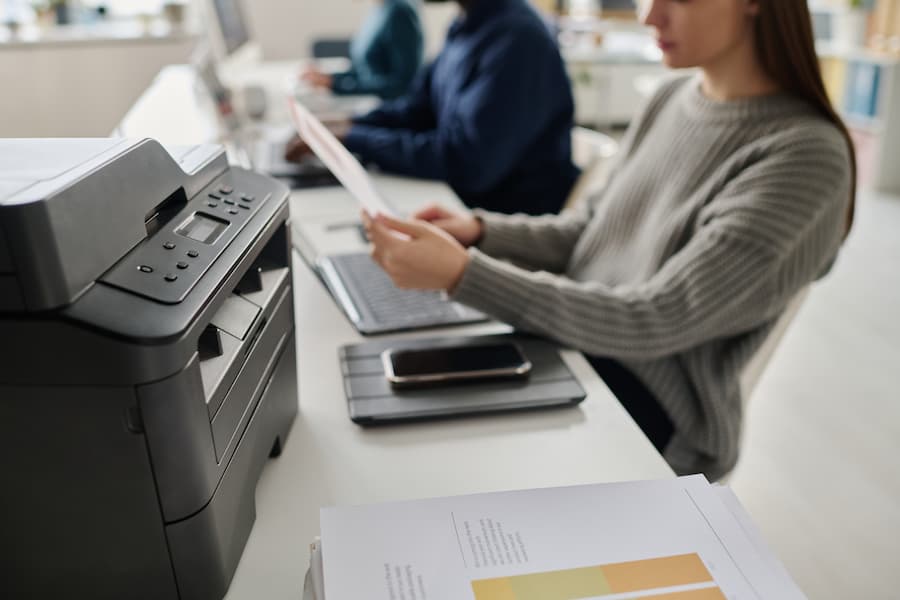
Printer leasing involves renting a printer from a leasing company for a specified period, typically ranging from one to five years. Instead of purchasing the printer outright, businesses make regular monthly payments to the leasing company. This arrangement allows businesses to use the printer without the burden of a large initial investment.
Advantages of Leasing a Printer or Copier
- Cost-Effective Solution: Leasing a printer or office copier can be more cost-effective than buying one, especially for small businesses with limited budgets. The monthly payments are often lower than the cost of purchasing a new printer, making it easier to manage expenses.
- No Upfront Cost: One of the most significant advantages of leasing is that it eliminates the need for a large upfront payment. This can free up capital for other essential business expenses.
- Access to Latest Technology: Leasing allows businesses to stay up-to-date with the latest printer technology. At the end of the lease term, companies can upgrade to newer models, ensuring they always have access to the most advanced features.
- Hassle-Free Maintenance and Repairs: Most leasing agreements include maintenance and repair services. This means that businesses do not have to worry about the costs and logistics of keeping their printers in good working condition.
Types of Office Printers Available for Leasing
When considering printer leasing, it is essential to choose the right type of printer to meet your business needs. Here are some common options:
- Multi-Function Copiers and Printers: These devices combine printing, scanning, copying, and faxing capabilities into one machine, making them ideal for small offices that need versatile equipment.
- Laser Printers: Known for their speed and high-quality output, laser printers are suitable for businesses that require fast and efficient printing.
- Commercial Printers: Designed for higher volume printing, commercial printers are perfect for small offices with significant printing needs.
- Xerox Printers: Xerox offers a range of reliable and efficient printers, including models like Xerox Versalink and Xerox Altalink, which are popular choices for small businesses.
Factors to Consider Before Leasing a Copier and Printer
Before deciding to lease a printer or copier, there are several factors that small businesses should consider:
- Business Needs: Assess your printing needs to determine the type of printer that will best suit your office. Consider factors like print volume, print quality, and additional features such as scanning and faxing.
- Lease Terms and Conditions: Understand the lease agreement, including the lease period, monthly payments, and end-of-lease options. Make sure you are comfortable with the terms before signing the contract.
- Total Cost of Leasing: Evaluate the overall cost of leasing, including any additional costs such as maintenance and repair services. Compare the total cost of leasing to the cost of purchasing a printer to determine which option is more economical for your business.
- Leasing Programs: Different leasing companies offer various programs with different terms and benefits. Compare leasing programs from multiple companies to find the one that best meets your needs.
Printer or Copier Leasing vs. Buying
Deciding whether to lease or buy a printer involves weighing the pros and cons of each option. Here is a detailed comparison:
Leasing a Printer:
Pros:
- Lower upfront costs
- Access to the latest technology
- Maintenance and repair services included
- Flexible upgrade options
Cons:
- Total cost over the lease term may be higher than purchasing
- No ownership of the printer at the end of the lease
Buying a Printer:
Pros:
- Full ownership of the printer
- Potentially lower total cost if the printer is used for many years
- Flexibility to choose any brand or model without leasing company restrictions
Cons:
- High upfront cost
- Responsibility for maintenance and repairs
- Technology can become outdated quickly
Choosing the Right Leasing Company

Selecting a reliable leasing company is crucial to ensure a smooth leasing experience. Here are some tips for choosing the right company:
- Reputation: Research the leasing company’s reputation by reading customer reviews and testimonials. Look for a company with a proven track record of providing excellent service.
- Lease Terms: Compare the lease terms offered by different companies. Look for flexibility in lease periods, upgrade options, and termination conditions.
- Maintenance Services: Ensure the leasing company provides comprehensive maintenance and repair services. This can save you time and money in the long run.
- Customer Support: Choose a company that offers reliable customer support. Prompt and efficient customer service can make a significant difference if you encounter any issues with your leased printer.
Managed Print Services
Managed print services (MPS) are an additional benefit that can enhance the value of printer leasing. MPS involves outsourcing the management of your printing needs to a third-party provider. Here are some advantages of MPS:
- Enhanced Productivity: MPS can streamline your printing processes, reducing downtime and improving overall efficiency.
- Cost Savings: By optimizing your print environment, MPS can help reduce printing costs, including toner and paper expenses.
- Maintenance and Support: MPS providers typically offer ongoing maintenance and support, ensuring your printers are always in optimal condition.
- Security: MPS can enhance the security of your print environment by implementing measures to protect sensitive information.
Common Printer and Copier Leasing Terms and Conditions
Leasing a printer involves entering into a formal agreement with a leasing company. Understanding the common terms and conditions of these agreements is crucial to avoid any surprises and ensure the lease meets your business needs.
- Lease Period: The lease period is the duration for which the printer is leased. It typically ranges from one to five years. The length of the lease can affect the monthly payment and the total cost of leasing. Shorter leases may have higher monthly payments but allow for more frequent upgrades, while longer leases often have lower monthly payments.
- Monthly Payments: These are the regular payments made to the leasing company for the use of the printer. Payments are usually fixed for the duration of the lease period. It’s important to factor in these payments when budgeting for office expenses.
- End-of-Lease Options: At the end of the lease period, businesses typically have several options:
- Return the Printer: The printer is returned to the leasing company with no further obligations.
- Purchase the Printer: The business can buy the printer at its fair market value or a predetermined purchase price.
- Renew the Lease: The lease can be extended, often with revised terms.
- Maintenance and Repair Services: Most leasing agreements include maintenance and repair services, ensuring that the printer remains in good working condition throughout the lease period. These services may cover routine maintenance, repairs, and replacement of parts such as toner cartridges and drums.
- Early Termination Fees: If a business needs to terminate the lease before the end of the agreed period, there may be penalties or fees involved. Understanding these fees is important to avoid unexpected costs.
- Upgrade Options: Many leasing agreements allow businesses to upgrade to newer models during the lease period. This can be a cost-effective way to keep up with technological advancements without incurring significant expenses.
Maintenance and Repair Services
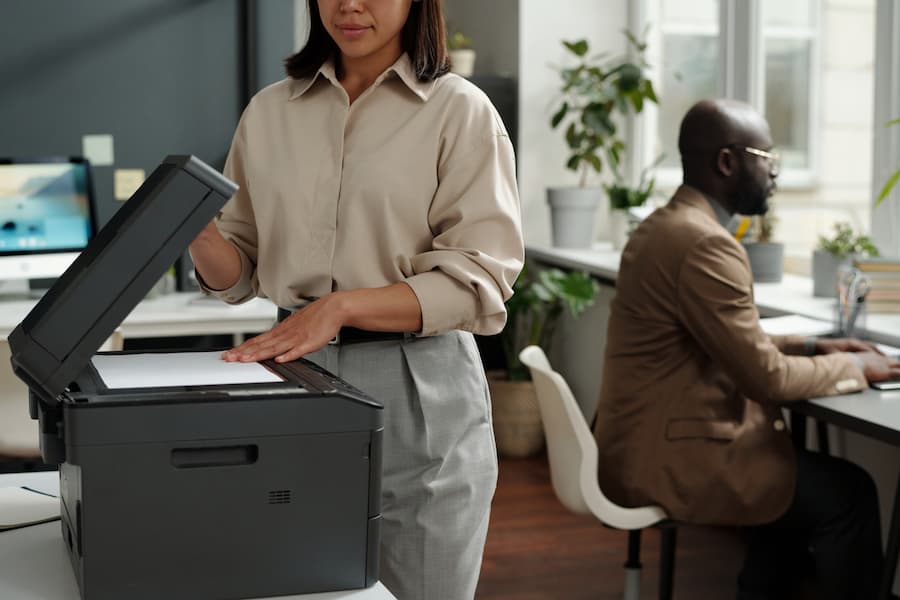
Maintenance and repair services are a critical component of printer leasing agreements. These services help ensure that the leased printer operates efficiently and with minimal downtime.
- Routine Maintenance: Regular maintenance checks are often included in the lease agreement. This helps prevent issues before they become significant problems, ensuring the printer remains reliable.
- Repair Services: Should the printer break down or experience any issues, the leasing company typically provides repair services at no additional cost. This can save businesses both time and money compared to handling repairs independently.
- Replacement Parts: Consumables like toner cartridges, drums, and other parts that wear out over time are usually covered under the maintenance agreement. This ensures that the printer always has the necessary components to function correctly.
- On-Site Support: Some leasing companies offer on-site support, meaning a technician will come to your office to perform repairs or maintenance. This minimizes disruption to your business operations.
What People May Also Ask
What is printer leasing, and how does it work?
Printer leasing is an arrangement where a business rents a printer from a leasing company for a specified period. Instead of buying the printer outright, the business makes regular monthly payments for the duration of the lease.
Is leasing a printer more cost-effective than buying one?
Leasing can be more cost-effective for businesses that want to avoid high upfront costs and prefer predictable monthly payments. It also includes maintenance and repair services, which can reduce overall costs.
What types of printers are available for leasing?
Various types of printers are available for leasing, including multi-function copiers, laser printers, commercial printers, and specific brands like Xerox Versalink and Xerox Altalink.
What should I consider before leasing a printer for my office?
Before leasing a printer, consider your business’s printing needs, the lease terms, the total cost of leasing, and the reputation of the leasing company.
How do managed print services benefit my business?
Managed print services can improve productivity, reduce costs, provide ongoing maintenance and support, and enhance the security of your print environment.
Can I upgrade my leased printer during the lease period?
Many leasing agreements allow for upgrades during the lease period. This enables businesses to stay current with the latest technology.
How do I choose the right leasing company for my business needs?
Choose a leasing company with a good reputation, flexible lease terms, comprehensive maintenance services, and reliable customer support.
Conclusion
Leasing a printer offers numerous advantages for small businesses, including cost savings, access to the latest technology, and hassle-free maintenance. By understanding the terms and conditions of leasing agreements and considering factors such as business needs and total costs, businesses can make informed decisions that align with their goals. Whether you choose to lease or buy, the right choice will depend on your specific circumstances and priorities.
By following this comprehensive guide, small businesses can navigate the complexities of printer leasing and make decisions that enhance their efficiency and productivity.





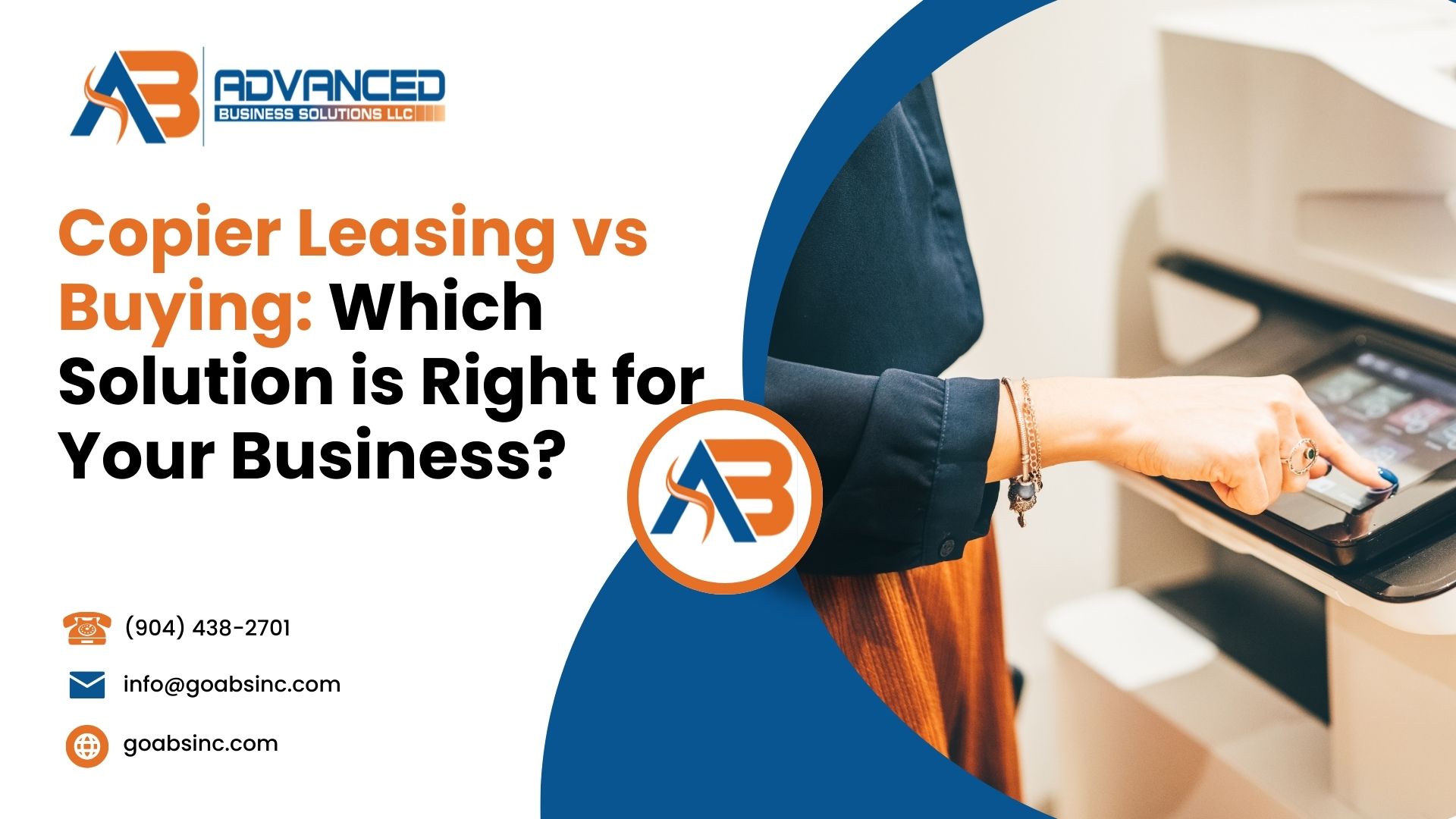


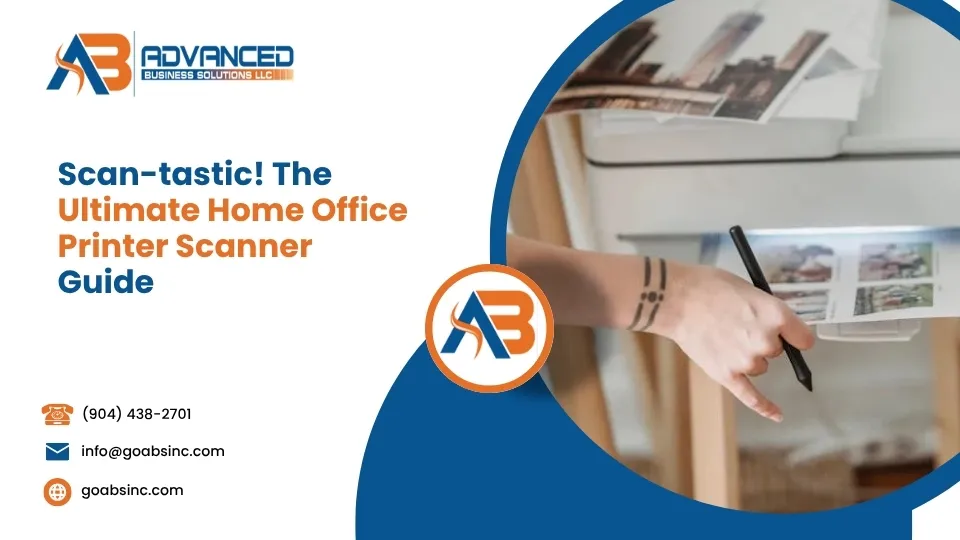
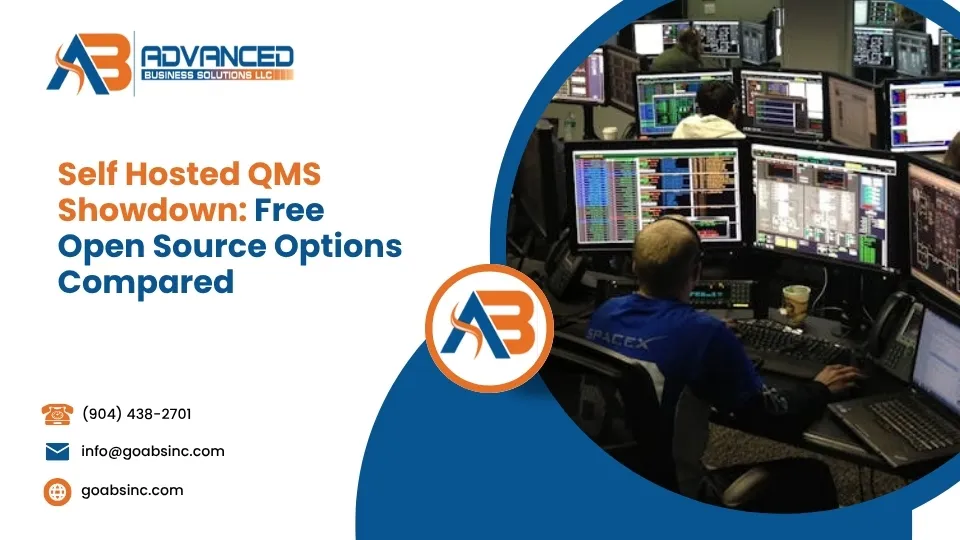
Comments are closed